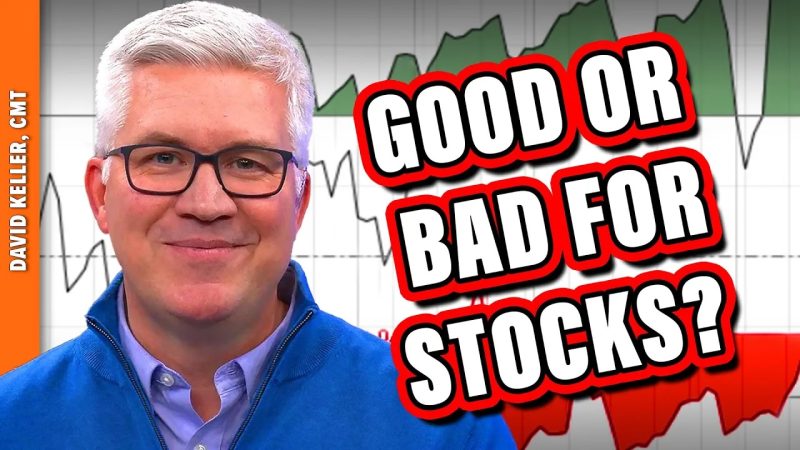In examining the significant impact of buying conditions on stock markets, it is essential to consider the various implications that overbought conditions can have on the market landscape. Stocks that fall under the category of extremely overbought often raise concerns among investors and traders alike, sparking debates about the possible outcomes of such situations. While some argue that overbought conditions may indicate a prosperous market trend ready to yield positive returns, others view it with skepticism and fear of an imminent market correction. It is imperative to delve deeper into the dynamics of extreme overbought conditions to understand their effects accurately.
One prominent viewpoint among investors is that overbought conditions can be indicative of a bullish market sentiment. When a stock’s price surges significantly, reaching levels beyond its intrinsic value, it often signals increased investor confidence and a strong demand for that particular stock. This heightened interest can lead to further price appreciation, as more investors rush to buy the stock, driving its value even higher. In this scenario, overbought conditions are perceived as a sign of a robust market outlook, with the potential for sustained growth and profitability for those who have already invested in the stock.
Conversely, the opposing argument posits that extremely overbought conditions may be a cause for concern rather than celebration. When a stock becomes overextended and deviates substantially from its underlying fundamentals, it is vulnerable to a potential correction. Investors who buy into the hype of an overbought stock may be setting themselves up for significant losses if the market sentiment shifts or if the stock fails to meet the inflated expectations. In this context, overbought conditions are viewed as a risky proposition, with the potential for a sharp downturn looming over the market.
Moreover, the presence of overbought conditions can also trigger volatility in the market. As traders and investors react to the perceived strength or weakness of a stock, the fluctuating demand can lead to sudden price swings and increased market activity. This volatility can create opportunities for both gains and losses, depending on the ability of market participants to navigate the turbulent waters of overbought conditions effectively. It is crucial for investors to employ sound risk management strategies and maintain a diversified portfolio to weather the storm of market fluctuations.
In conclusion, the debate surrounding extremely overbought conditions underscores the complexity of the financial markets and the varied perspectives within the investment community. While some view overbought conditions as a positive indicator of market strength and potential growth, others approach it with caution, wary of the risks inherent in chasing overextended stocks. Understanding the implications of overbought conditions requires a nuanced analysis of market dynamics, investor behavior, and risk management practices. By carefully weighing the pros and cons of overbought conditions, investors can make informed decisions that align with their financial goals and risk tolerance levels in an ever-evolving market environment.
